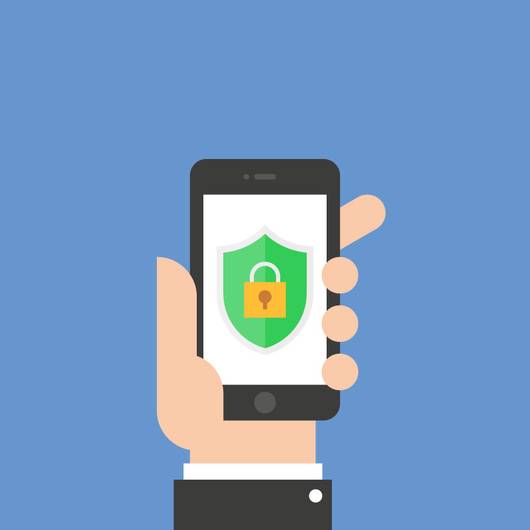What is Interactive Voice Response (IVR)? Many of us would have used it before, when calling the customer support hotline of the bank, for example. “Welcome to X Bank. For English, press 1; To check your account balance, press 5; to speak to a customer support personnel, press 0” and so on.

In the age of mobile app prevalence, we often neglect the importance of providing an option for voice. It is most significant for the visually impaired, the illiterate, the digital illiterate, and the user who does not own a smartphone. IVR is an ideal candidate to fill in this gap.
We can think of IVR as a virtual receptionist, not only that, it is a virtual receptionist that works 24 hours over 7 days in a week, one that does not need payroll or training costs, and delivers consistent output quality without any risk of coming down with a sore throat.
In the early days, deploying an IVR system for a company or a service used to be tedious, requiring the IVR script to be finalized in advance because making any change would be costly, casting and engaging voice talents for recordings, and finally integrating it with the company phone line.
Now with the advent of hosted IVR or cloud-based IVR service, it has never been easier to adopt an IVR solution for your organization. Using text-to-speech technology that is conducive for the script to be edited anytime, feature that allows you to redirect the call to another number, subscription-based and pay-per-use pricing model, setting up a hotline number by signing up for a toll-free or payable incoming number without having to deal with a telecom operator; you can literally set up an IVR at your fingertips within a short time.
What can you use IVR for? Here are a handful of ideas:
Top-up for prepaid mobile subscription or IDD calling card – the user dials the hotline, enters the account number as well as the code printed on the top-up card, the amount topped up is loaded into the specific account.
Utility company – such as: phone company, electricity, water supply, sewerage; the user is able to check the bill amount and outstanding amount by entering the account number.
Ticketing – such as: bus, train, travel tour package, music concert, stage theatre, cinema; allow the user to make a reservation with a specific seat number or a cancellation.
Restaurant or retailer - allow the user to make a reservation or cancel a reservation, give directions to first-time patrons, allow the user to order a product to be collected at a specific branch.
Food delivery – allow the user to place an order, notify the user of upcoming delivery, carry out a customer satisfaction survey.
Taxi on-call – allow the user to call a taxi, subsequent communication between the driver and the passenger to locate the passenger, or allow the user to make a cancellation before the taxi arrives.
Courier service – request for pick-up from the sender, notification of delivery to the recipient, allow the user to reschedule a delivery.
Voice conference system – greeting and login portal for voice conferencing system, with checking for session ID and login credentials.
Phone interview – get candidates to answer questions for initial screening and job matching criteria, with the recording available for playback that makes it easy for another interviewer to follow up.
Survey – such as: for medical treatment, academic research, or market research; collect survey answers that involve ratings, where the user enters numbers; collect speech sample via voice recording for speech therapy monitoring.



